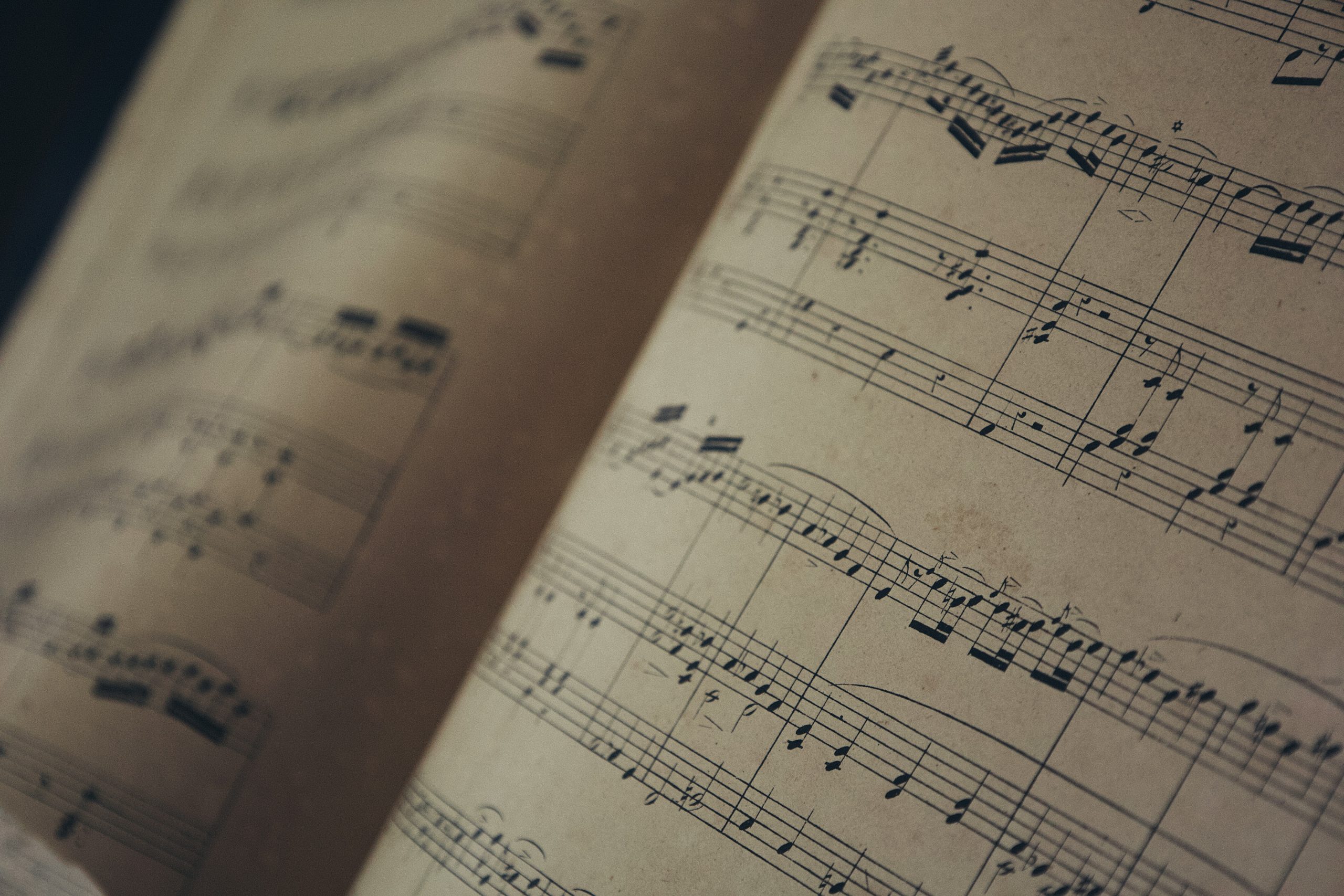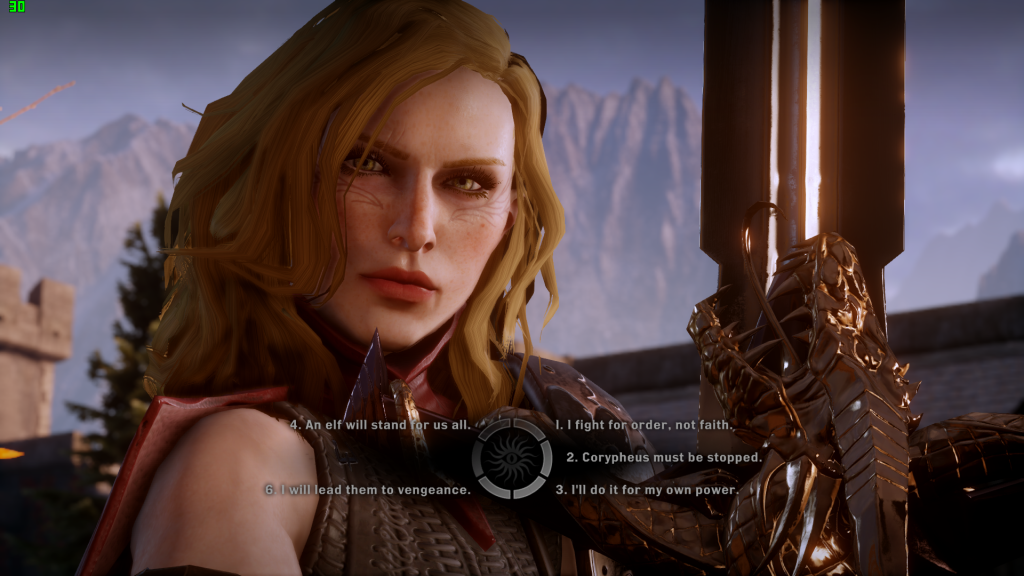Video game music is more than simply noise in the background; it’s an important part of the story, the immersion, and even the player’s memories.
Great game soundtracks build the mood for adventure or sorrow by guiding players’ emotions and discreetly hinting at story details. Music from a series like Final Fantasy and The Legend of Zelda is instantly recognizable and brings back powerful feelings and memories. This shows how closely music and gaming are connected.
In essence, game music sometimes functions as an invisible narrator—a softly guiding voice that leads the player through emotional peaks and valleys while reinforcing philosophical ideas and plot themes, all without a single line spoken. This writing only brushes the surface of how video game music can be an emotional and intellectual companion for players, comparing Western and Japanese compositional techniques and analyzing famous soundtracks. It also considers how leitmotifs and adaptive scoring heighten emotional involvement in these virtual environments and how music strengthens themes of morality, identity, loneliness, and consequence
Japanese and Western Ways: Mood, Meaning, and Melody
Video game music often reflects cultural differences in how music is approached. Western composers usually favor a cinematic, ambient orchestral style that aims for realism and atmosphere, much like a Hollywood film score.
Japanese composers, on the other hand, emphasize emotional immediacy and melodic content, generating motifs that deliver lasting emotional impact.
This divergence is partly due to tradition and technology: early Japanese games (on limited hardware) relied on catchy, memorable tunes and recurring themes to evoke emotion, a strategy that became central to JRPGs and Nintendo titles. Western games, especially big-budget RPGs or open-world games, often lean on ambient or carefully orchestrated underscoring to make the world feel real (Skyrim’s rousing main theme amid otherwise subdued exploration music is one example).
Cultural storytelling styles also matter. Japanese games often work on a symbolic level, layering meaning beneath the surface. Western games lean literal, conveying emotion and story directly. This shapes music design: Japanese scores may rely on symbolic motifs and abstract storytelling, while Western scores emphasize immediacy and explicit dramatic cues. Neither approach is superior—each serves the game. Final Fantasy VII uses music operatically to dramatize character arcs and themes, while The Witcher 3 grounds players in a gritty, authentic medieval atmosphere.
Modern composers often blend both. Nobuo Uematsu drew from Western classical and film music, while Western composers increasingly recognize the strength of recurring motifs. Still, a broad distinction remains: Western AAA games lean toward ambient, cinematic soundscapes; Japanese games favor melody-driven, theme-rich compositions. Understanding these approaches provides a framework for examining how game music profoundly influences a player’s emotional and cognitive growth.
Musical Identity and Leitmotifs
One of the most powerful tools in game music is the leitmotif—a recurring musical theme linked to a character, place, or idea. Leitmotifs enrich storytelling and foster emotional connection without words. A location’s motif evokes its history or atmosphere, while a character’s theme can reveal presence or development.
In Final Fantasy, the gentle harp arpeggio of the “Prelude” is instantly familiar, signaling a comforting sense of beginning. In The Legend of Zelda, “Zelda’s Lullaby” instantly ties to Princess Zelda and her royal lineage.
Japanese composers famously weave leitmotifs into storytelling. Nobuo Uematsu’s score for Final Fantasy VII exemplifies this: the Main Theme was composed to “musically depict the entire game’s story” in one sweeping melody, referencing several character themes and emotional arcs. Its harmonic language even symbolizes Cloud’s internal struggle with identity and memory. Variations of this theme recur at pivotal moments, narrating his crises and revelations through music. The effect is profound: leitmotifs let audiences feel story developments—whether it’s a love theme returning at a tragedy or a hero’s theme shifting when they falter.
Western games use leitmotifs differently. In The Witcher 3: Wild Hunt, motifs and instrumentation create strong musical identities for regions and characters. Skellige features Nordic-inspired strings and bagpipes; Novigrad employs stately choirs and bells; war-torn Velen growls with raw folk vocals. These cues give each region cultural texture and help orient the player.
Characters are marked, too. The track “Geralt of Rivia” begins with a solitary cello, a melancholic motif that resurfaces in different forms, including “Kaer Morhen.” Sometimes Geralt’s theme clashes with chromatic brass representing the Wild Hunt, dramatizing the struggle between hero and enemy before his motif triumphs in full orchestra. Through such leitmotifs, both Western and Japanese RPGs bind the player’s experience to identity and theme.
Morality, Consequence, and Choice
Game music can also act as a moral storyteller, reinforcing the weight of decisions. Some games dynamically adapt music to reflect the player’s actions.
A landmark example is Toby Fox’s Undertale. Fox used interactive music to convey the consequences of sparing or killing characters. In a pacifist playthrough, themes return in uplifting reprises. In the genocide route, the same melodies are distorted into haunting, broken forms. “Fallen Down,” Toriel’s gentle theme, reappears as the hopeful “Fallen Down (Reprise)” if she lives—or as the hollow, dirge-like “Empty House” if she is killed. The piece “But Nobody Came,” minimal and dreadful, is revealed (when sped up) as a warped version of the innocent tune “Your Best Friend,” equating the player’s violence with the villain Flowey.
This musical feedback praises merciful choices and admonishes destructive ones, transforming the soundtrack into a moral narrator. Players often report feeling guilt or sorrow, as though the game itself reacts to their choices.
Even without dynamic shifts, music can underscore moral ambiguity. The Witcher 3 avoids cheerful major keys, opting instead for brooding modes and folk laments, reflecting a world of “lesser evils” and unintended consequences. The track “Kaer Morhen” reinterprets Geralt’s theme with recorder and dulcimer, familiar yet hollow compared to earlier versions, symbolizing loss and decline. Its sparseness is a metaphor for what Geralt has lost. Similarly, “Farewell, Old Friend,” a sorrowful string piece, underscores a mentor’s death with raw grief, magnifying the player’s emotional response.
Loneliness, Hope, and Human Touch
Game music excels at evoking both loneliness and hope. Silence or minimalism can be as powerful as a full orchestra.
The Legend of Zelda: Breath of the Wild uses sparse piano motifs and long silences, mirroring the emptiness of its ruined world. Occasional reprises of “Zelda’s Lullaby” feel like fleeting memories on the wind, anchoring the player’s purpose in an otherwise isolated journey. Earlier Zelda games, by contrast, used continuous melodies that pushed players forward. The restraint in Breath of the Wild makes rare swells—like the theme accompanying Princess Zelda—immensely moving.
At the opposite end, music can restore hope. After a devastating defeat in Dragon Age: Inquisition, Mother Giselle begins to sing “The Dawn Will Come.” One by one, voices join until the entire Inquisition sings together. This diegetic musical moment transforms despair into unity. The lyrics of endurance and renewal reinforce the game’s theme of faith in the face of hopelessness, while the melody provides the player with a sense of solidarity: even in loneliness, they are not alone.
The NieR series demonstrates music as existential philosophy. Keiichi Okabe’s NieR: Automata soundtrack blends acoustic instruments with haunting vocals—sometimes in invented languages—creating the effect of “an opera sung by machines mourning humanity.” Pieces often begin with music-box innocence, swell into vocal laments, and collapse into requiems, evoking memory, loss, and yearning.
The finale’s “Weight of the World” evolves dynamically: a lone voice becomes a global chorus as players persevere together through the ending. This transformation literalizes solidarity overcoming despair, moving many players to tears. Here, music is not just accompaniment but philosophical companion, embodying themes of identity, purpose, and hope.
Adaptive Music and Immersion
Game music is uniquely adaptive, unlike static film scores. It responds to gameplay, shaping a personalized emotional arc.
Adaptive music evolves across narrative stages; interactive music reacts to player actions; dynamic music blends both. These techniques allow music to serve as both atmosphere and guide.
In The Witcher 3, a peaceful lute tune may play in a village, shifting seamlessly to pounding drums and vocals as battle begins, then subsiding afterward. The transition not only alerts the player but also mirrors their emotions—calm to tension to relief.
In Undertale, entire tracks change based on prior choices, making music a memory of the player’s deeds. In Mass Effect 3, the finale incorporates themes tied to characters who survived or died in earlier games, personalizing the emotional climax. In horror or stealth games, adaptive dissonance escalates as danger closes in, syncing with the player’s heartbeat.
These strategies blur the boundary between player and protagonist emotion, strengthening immersion and empathy.
In short…
Video game music adds a profound emotional and philosophical undercurrent to gameplay. Eastern and Western composers use different approaches—symbolic motifs versus cinematic atmospheres—but both aim to engage emotion and intellect. The greatest soundtracks become companions, challenging our decisions with somber melodies, celebrating resilience with familiar themes, and giving ideas emotional weight.
Game music has the rare ability to make meaning felt rather than understood. Whether through adaptive scores that respond to moral consequence or leitmotifs that embody identity, music shapes how we reflect on ourselves. In the union of art and interactivity, game music listens to the player as much as the player listens to it. It ensures we are never alone—illuminating our path, consoling, instructing, and urging us forward with every note.
References



